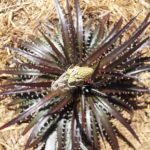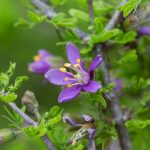Photinia
–
–
–
 Toxic
Toxic Full Sun
Full Sun Part Sun/Shade
Part Sun/Shade Medium
Medium Flowering
Flowering
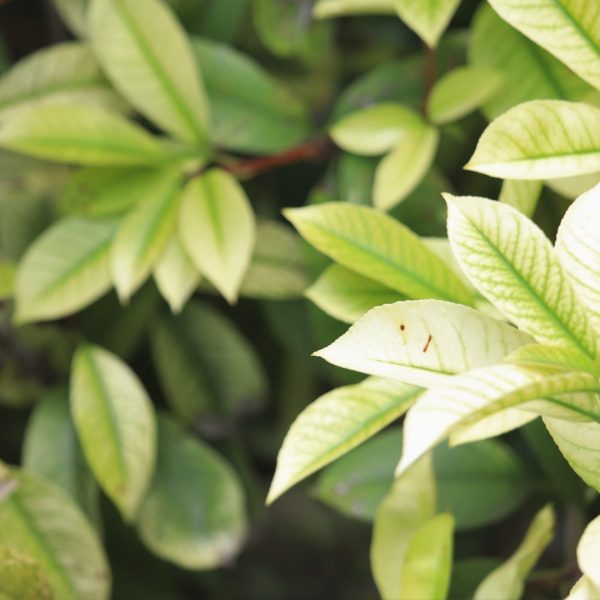
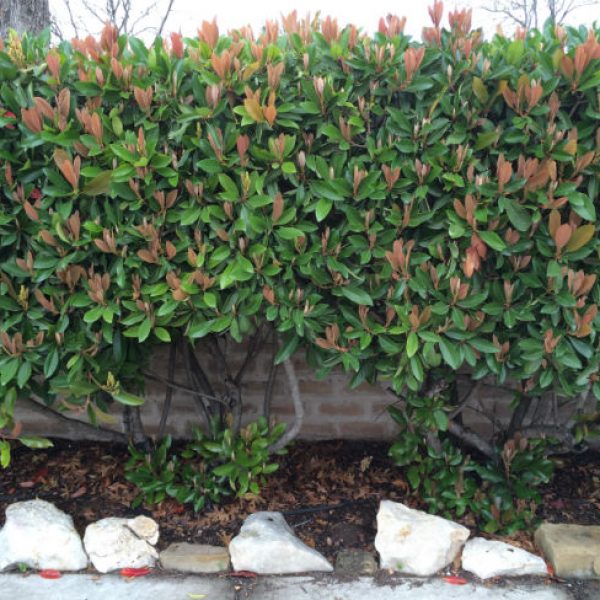
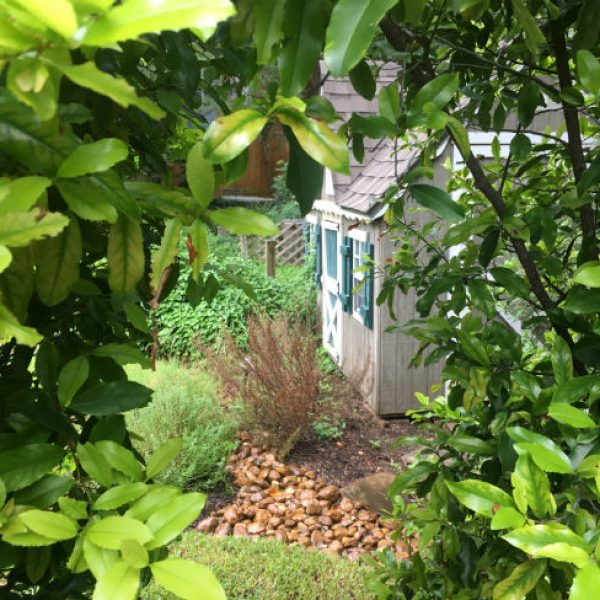
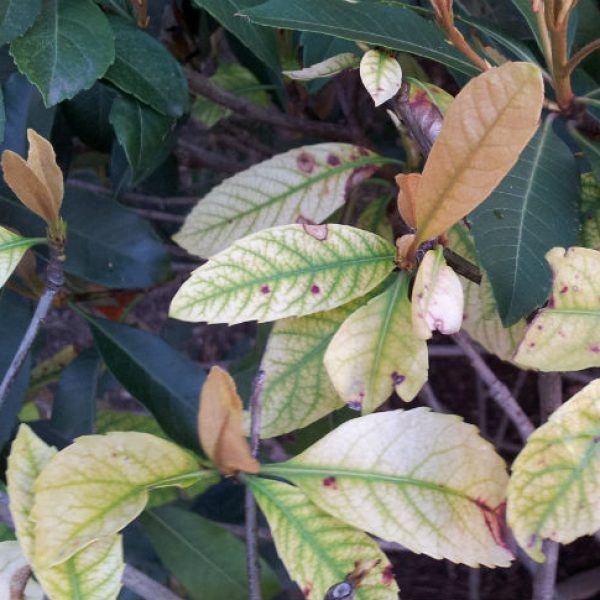
About This Plant
Not recommended. A very large evergreen shrub; red-tipped photinia is the one with new leaves in crimson shades. Unfortunately, those fresh leaves are inevitably infected by Entomosporium fungus, which can ruin entire hedgerows. (For native replacements, see “Goes Well With”.)
With proper spacing, photinia grows to the size of a street tree and can be seen used thus in downtown San Antonio. Chinese photinia (the one with wavy, toothed leaves) is the superior species, but it tends to escape cultivation.
Maintenance
There is no cure for Entomosporium fungus, although prompt removal may slow down the spread. Best practice: start out with proper spacing, and water only by drip. Alternately, overgrown hedges can be drastically cut and scaled back to improve air flow, especially near ground level where humidity is highest.
Features
This plant goes well with
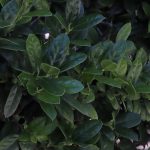 Ilex cornuta 'Burfordii'
Ilex cornuta 'Burfordii'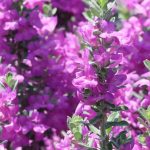 Leucophyllum frutescens
Leucophyllum frutescens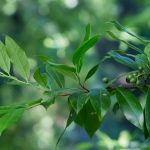 Prunus caroliniana
Prunus caroliniana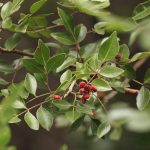 Rhus virens
Rhus virens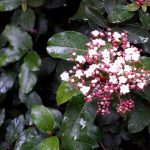 Viburnum tinus
Viburnum tinus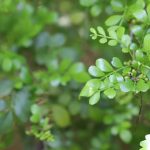 Zanthoxylum fagara
Zanthoxylum fagara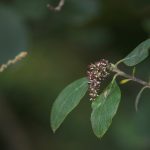 Garrya spp.
Garrya spp.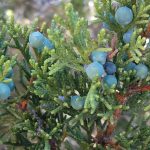 Juniperus ashei
Juniperus ashei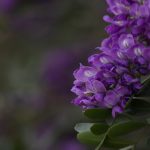 Dermatophyllum secundiflorum
Dermatophyllum secundiflorum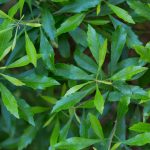 Myrica cerifera
Myrica cerifera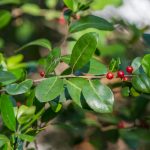 Ilex vomitoria
Ilex vomitoria
- List Item #1
- List Item #2
- List Item #3





